
PBL full form is project based learning. It’s an instructional methodology that encourages learners to learn & apply their knowledge & skills. Through engaging projects set around real-world problems.
It’s the most innovative & effective, dynamic classroom approach. One that engages students while fostering critical thinking, collaboration & practical application. Here, learners work on a project over an extended period ranging from a week to an entire semester.
In this blog, we’ll delve into what is project based learning & it’s benefits. Along with its core elements, limitations, tools required & a brief guide for a robust implementation.
Benefits of Project Based Learning (PBL)
- Boosted learner engagement & motivation
- Improved retention of knowledge & problem-solving abilities
- Development of critical soft skills
- Improved collaboration & teamwork
- Practical application of knowledge
- Self-directed learning with real-world skill development
- Enhanced reflection & metacognition
- Integration of knowledge & skills
- Interdisciplinary learning fostering creativity & innovation
Also read about problem based learning (PBL).
Core Elements of Project Based Learning
- A challenging problem or question
- Sustained inquiry & investigation
- Real-world application & relevance
- A student-centric model
- Reflection & iteration
- Critique & revision
- An interdisciplinary approach
- Collaboration, teamwork, cooperation & conflict-resolution
- The teacher as a facilitator
- Multifaceted & ongoing assessments
Also read about scenario based learning (SBL).
Limitations of Project Based Learning
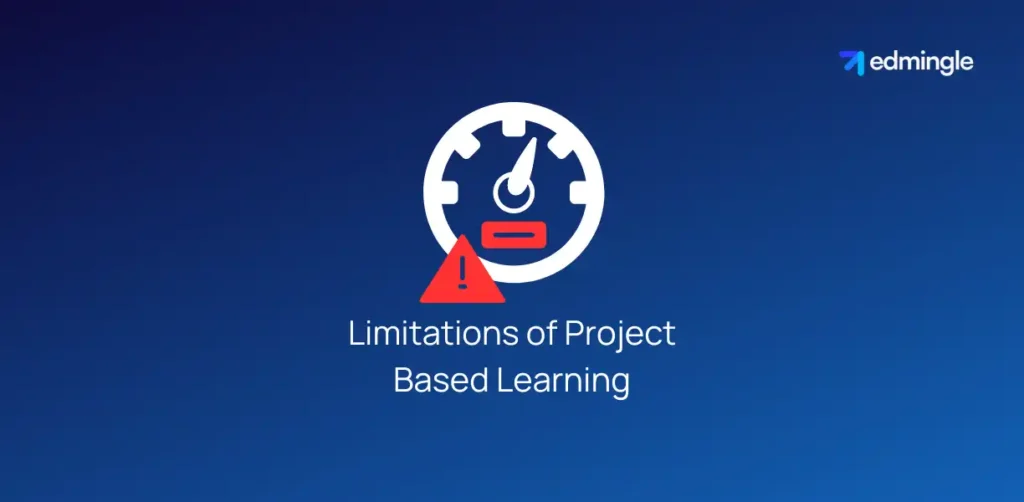
Now that we have our basics cleared out and know its numerous benefits. Let’s have a look at certain points to consider before moving forward.
- It requires significant time for planning, execution & assessment
- It demands substantial resources like materials, technology & access to experts
- Assessing can include complex questions due to its multifaceted nature
- Differences in motivation, work ethic & collaboration skills can lead to uneven participation & learning outcomes
- Group work can lead to conflicts & unequal participation
- PBL relies heavily on student initiative & self-directed learning
- Balancing it with traditional teaching methods & finding the right mix can be challenging for educators
- It’s effectiveness can vary depending on the quality of project design, teacher facilitation & learner engagement
Remember that these limitations aren’t roadblocks. Addressing these requires some essential tools & a careful implementation strategy.
Also read about community based learning (CBL).
Essential Tools for Delivering Project Based Learning Programs
1.Learning Management Systems (LMS)

LMS platforms help manage, track & deliver educational content. All while facilitating communication, collaboration & organization of resources. Thereby, making project management & the entire process smoother. Example: Edmingle, Canvas or Moodle.
2.Collaboration Tools

These enhance teamwork by allowing students to communicate & share knowledge. While managing tasks in real time, regardless of their location. Example: Microsoft Teams, Slack or Trello.
3.Interactive Learning Platforms
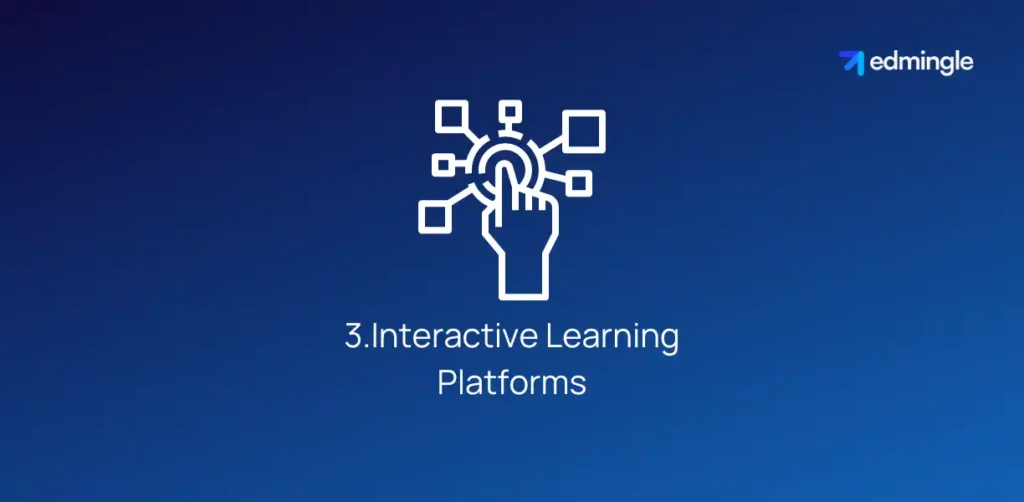
These provide interactive & engaging ways to conduct formative assessments & gather feedback. Thereby fostering participation & making the learning process more dynamic. Example: Kahoot!, Nearpod or Padlet.
4.Project Management Software
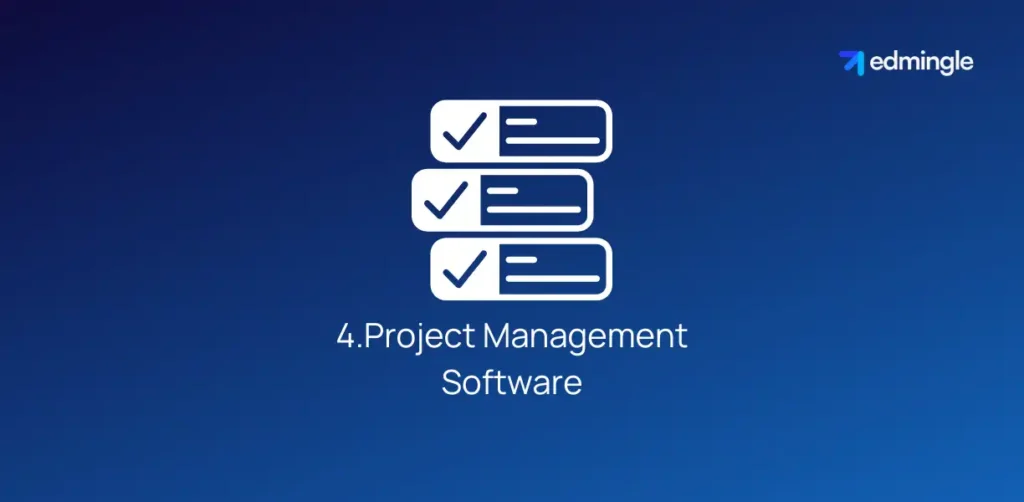
These help students plan, execute & track their projects effectively. Ensuring that all team members stay on schedule & meet their deadlines. Example: Asana, Monday.com or Basecamp.
5.Digital Portfolios
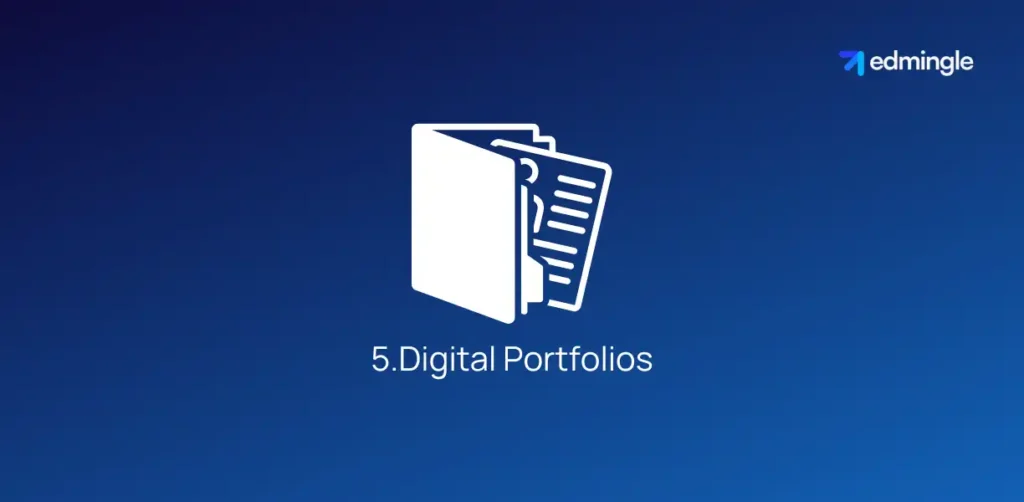
These allow students to document & showcase their work, reflections & learning progress over time. Example: Seesaw, Mahara or Google Sites.
With these tools by your side, enhancing the effectiveness & engagement of PBL programs becomes easier.
How to Implement a Project Based Learning Platform?
- Identify learning goals & develop a driving question
- Design the project plan & organize resources & materials
- Facilitate student choice & voice
- Guide inquiry-based learning & research
- Encourage collaboration
- Incorporate reflection & revision
- Prepare for the launch & assess outcomes
By following these steps, you as an educator can successfully implement a project based learning platform.
Also read about the 5 best training management systems of 2025.
Summary
Project-based learning (PBL) is a transformative approach. One that goes beyond traditional classroom instruction. By encouraging students to engage deeply with real-world challenges.
Focusing on critical thinking, collaboration & practical application. It not only enhances academic performance but also equips learners with essential skills for the future.
With a well-structured project plan, the right tools & thoughtful facilitation. Educators can implement PBL effectively to create dynamic, student-centered learning experiences.
FAQs on Project Based Instruction
1.How can PBL be adapted for virtual or hybrid learning environments?
By utilizing online collaboration, project management & video conferencing tools.
2.What strategies can teachers use to ensure equitable participation among all students in PBL?
By assigning specific roles & responsibilities within real-world projects & using regular check-ins. Alongside peer feedback & evaluations to monitor contributions.
3.How can PBL be assessed effectively to ensure it meets educational standards?
Clear criteria aligned with educational standards should be established from the outset. Teachers can also assess a students’ collaboration, problem-solving skills & critical thinking.
4.How can teachers balance PBL with other instructional methods?
By using a blended learning approach, they can rotate between various teaching styles to keep learners engaged. Direct instruction can be used to introduce key concepts & skills. While PBL can provide opportunities for application and deeper learning.



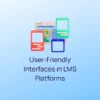

Leave a Reply